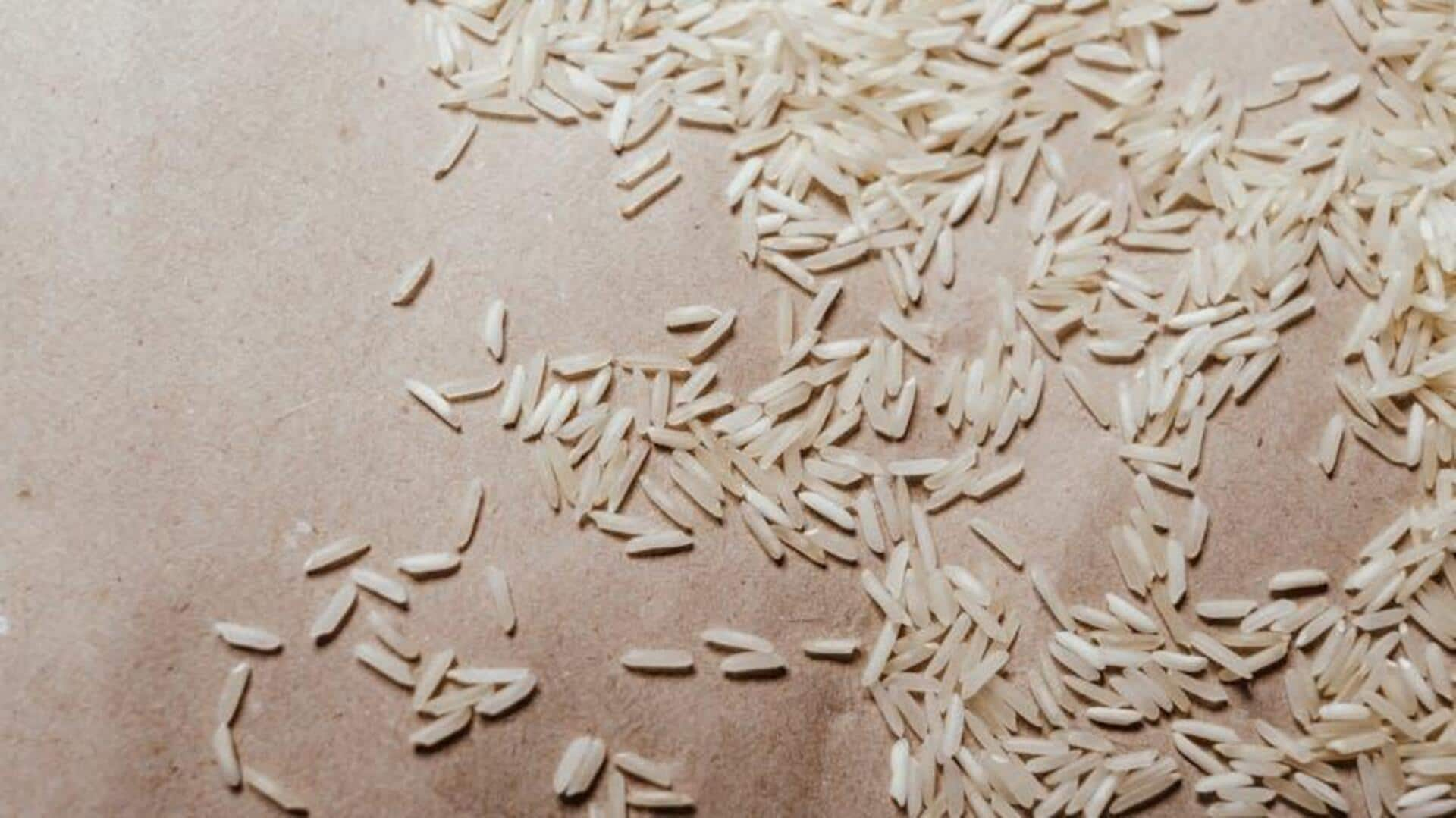
Tracing rice's journey: Origin, history, and variations
What's the story
Rice, which originated in Asia nearly 8,000 years ago, has come a long way from a humble grain to a global staple. It traveled continents, weaving its way through various cultures and cuisines. Today, it is a dietary necessity for billions and an economic backbone for several countries. From its journey, one can only learn about its versatility and significance.
Early cultivation
Ancient beginnings in Asia
Rice's story starts in the fertile regions of China and India. Archaeological evidence indicates that rice was first domesticated in these regions some 8,000 years ago. The early cultivation methods were simple but effective, enabling communities to flourish on this nutritious grain. With populations growing, so did the demand for rice, leading to innovations in farming practices that boosted yields and supported larger settlements.
Global spread
Expansion across continents
From its Asian origins, rice traveled across continents along trade routes and through exploration. By the time of the Roman Empire, it had made its way to Europe through ancient trade networks. In Africa and the Middle East, rice adapted well to local climates, becoming an important crop. This worldwide spread was aided by explorers who recognized its value as both food and commodity.
Economic significance
Economic impact worldwide
Today, rice is more than just food; it has become an economic powerhouse supporting millions of farmers across the world. China and India remain among the largest producers, while countries like Thailand export tons around the globe. The industry rakes in billions every year via production and trade activities, which contribute significantly to national economies, especially those dependent on agriculture.
Cultural significance
Cultural importance across societies
Rice has a cultural significance more than its nutritional value, being at the heart of many traditions, rituals, and festivals across the globe. In Japan, the making of certain traditional beverages involves a meticulous process using certain types of grains. Southeast Asian countries also use it in ceremonies denoting prosperity and abundance. These cultural ties show how this versatile grain remains rooted in our societies throughout history.